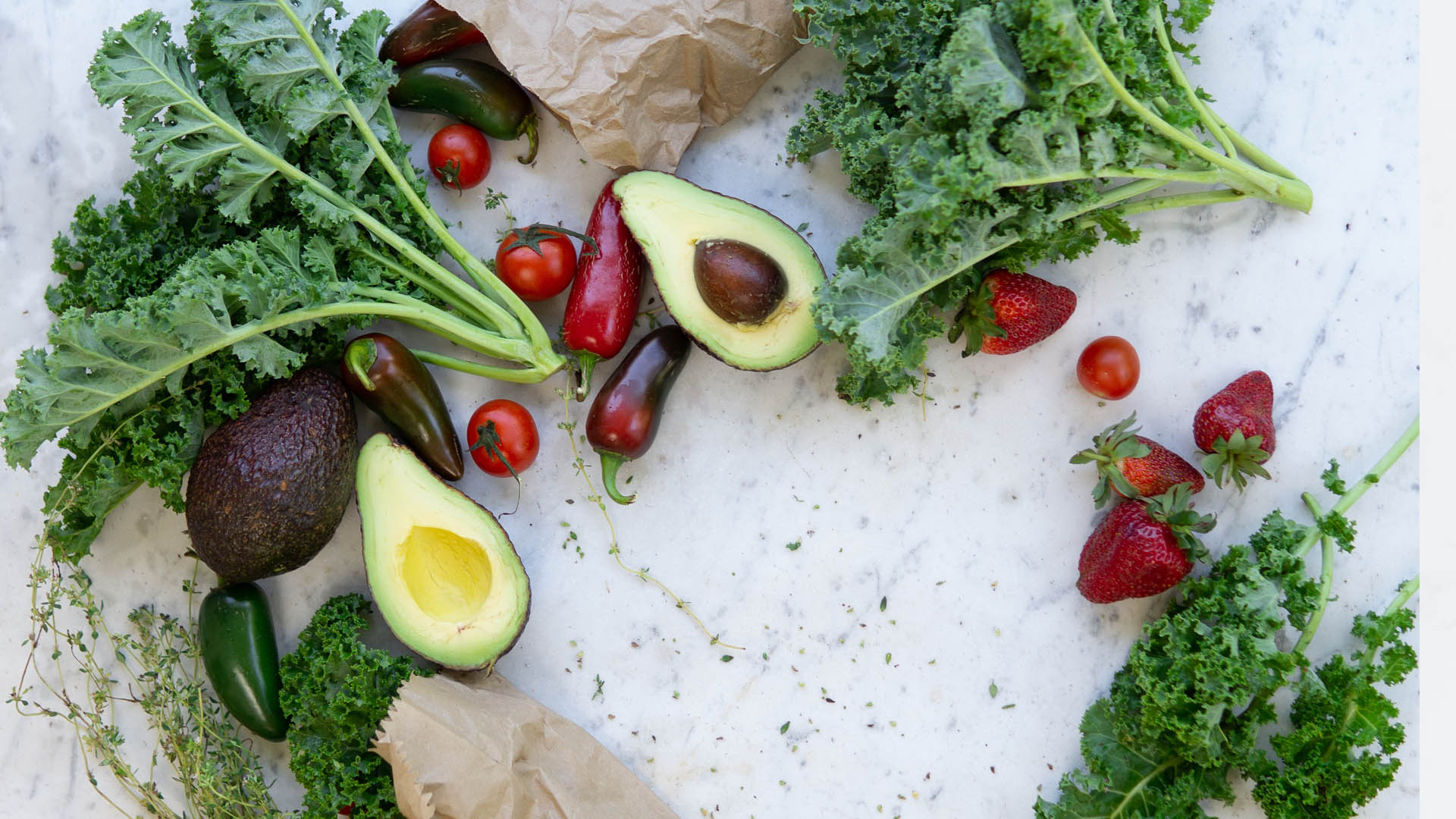Pigments In Fruits & Vegetables
January 26, 2020 | by Sravani Pathakamuri | Posted in Nutrition Facts

The bright colour of many vegetables contribute much to their appeal. The colour results from the various pigments contained in their tissues present in the plastids of plant cells. The water-soluble pigments are dissolved in the vacuoles in the vacuoles and not generally distributed throughout the cell. In this article, we come to know about the pigments of vegetables and fruits.
Classification
The chief pigments of vegetables and fruits can be classified as water soluble and fat soluble:
1. Water-Soluble Pigments: These are also known as lipophobic pigments, these pigments are soluble in water, they are chlorophylls, carotenoids .
2. Fat-Soluble Pigments/Water-Insoluble Pigments: These are also known as lipophilic pigments. These are not soluble in water but soluble in fat, they are anthocyanins, betalains, anthoxanthins.
Water-Insoluble Pigments:
1. Chlorophyll:
The green pigments of leaves and stem are usually held close to the cell wall in small bodies called chloroplasts along with some carotenes and xanthophylls. Two chlorophylls have been isolated. Chlorophyll-a is intense blue green in colour and chlorophyll- b is dull yellow green in colour. They occur on 3a:1b ratio. It is mostly insoluble in water. These green pigment of leafy vegetables and other green coloured vegetables like capsicum, beans, peas and chillies.
2. Carotenoids:
Carotenoids are plant pigments responsible for bright red, yellow and orange in many fruits and vegetables. These pigments play an important role in plant health. People who eat foods containing carotenoids get protective health benefits as well.
In plants, carotenoids are present as alpha, beta, gamma carotenoids, xanthophylls and cryptoxanthin. Beta-carotene is valuable in the synthesis of vitamin A.
Foods: squash, carrots, grapefruit, oranges and apricots, yellow corn, tomatoes, red capsicum, green capsicum, carrots.
3. Xanthophylls:
Xanthophylls (originally phyllanthus) are yellow pigments that occur widely in nature and form one of two major divisions of the carotenoid group; the other division is formed by the carotenes.
Foods: papaya, peaches, prunes, sweet potato and squash
4. Cryptoxanthin:
Cryptoxanthin is a natural carotenoid pigment. It has been isolated from a variety of sources including the petals and flowers of plants in the genus Physalis, orange rind, papaya, egg yolk, butter, apples, and bovine blood serum.
Foods: Peppers, pumpkins, and winter squash as the vegetables
Water-Soluble Pigments:
1. Anthocyanins:
Anthocyanins are a type of flavonoid, a class of compounds with antioxidant effects. Found naturally in a number of foods, anthocyanins are the pigments that give red, purple, and blue plants their rich coloring.
Foods: blueberry, raspberry, Red cabbage , Red radish
2. Anthoxanthins:
Anthoxanthins (flavones and flavonols) are a type of flavonoid pigments in plants. Anthoxanthins are water-soluble pigments which range in color from white or colorless to a creamy to yellow, often on petals of flowers. These pigments are generally whiter in an acid medium and yellowed in an alkaline medium.
Foods: cauliflower, onions, white potatoes, Spinach and turnips.
Recent Posts
Categories
- Arthritis
- B vitamins
- Berries
- Best time to take
- Breasfeeding
- cancer
- Chronic Diseases
- COVID-19
- Dairy
- Deficiency
- Diabetes
- Diet
- Diseases
- FAQ's
- Fats
- Fever
- Hair
- health
- Kidney
- Leafy Vegetables
- Lung disease
- mango
- Meat
- Millets
- Minerals
- Myositis
- Nausea
- Nutrition Facts
- Nuts and Seeds
- Oats and Oatmeal
- Psoriasis
- Recipes
- Rice
- Skin
- spices and Condiments
- Summer
- Thyroid
- Varicose Veins
- Vegetables
- Vitamins
- Vomiting
- water
- weight gain
- weight Loss
Archives
- April 2024
- March 2024
- February 2024
- January 2024
- December 2023
- November 2023
- October 2023
- September 2023
- August 2023
- July 2023
- June 2023
- May 2023
- April 2023
- March 2023
- February 2023
- January 2023
- November 2022
- October 2022
- September 2022
- August 2022
- July 2022
- June 2022
- May 2022
- April 2022
- March 2022
- February 2022
- January 2022
- December 2021
- November 2021
- October 2021
- September 2021
- July 2021
- June 2021
- May 2021
- April 2021
- March 2021
- February 2021
- January 2021
- December 2020
- November 2020
- October 2020
- September 2020
- August 2020
- July 2020
- June 2020
- May 2020
- April 2020
- March 2020
- February 2020
- January 2020